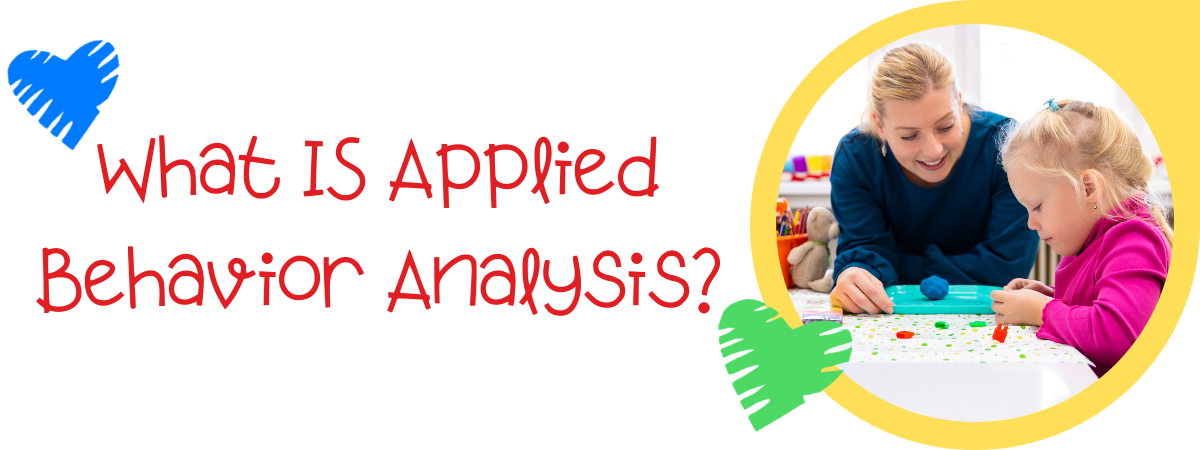Applied behavior analysis (ABA) is a field of study that educators and therapists explore to assist individuals with specific behavior disabilities and disorders.
It involves learning particular skills and techniques that help you deploy them towards people with special needs. It is the best treatment for transferable behavior, which relates to skills used in the real world. So what is ABA therapy?
ABA therapy involves therapeutic tools and psychological principles used to increase particular behaviors.
Such behaviors include teaching new skills and reinforcing on-task behaviors through communication, life, and social skills. The primary purpose of this therapy is to maintain positive behaviors in the patients through teaching them how to practice self-control.
What is a Behavior Analyst?
Behavior analysis is the thorough check and breakdown of a person’s behavior. It incorporates studying past medical records and a patient’s present conduct suffering from behavior disability or disorder.
Behavior analysis can occur in different forms, including isolation (where you withdraw someone to monitor their reactions) and engagements (where you put patients together and watch their behaviors).
Behavior analysis is a scientifically based objective discipline that utilizes reliable evaluations and metrics of observable conduct.
Since you cannot vaguely define behaviors like sadness and anger, metrics come in handy for quantifiable factors and observable facts.
What is ABA therapy used for? It’s meant to design and implement multiple therapy programs that help patients with social, learning, and mental disorders.
What Kind of Skills Should You Have?
There are some required skills for you to qualify as an ABA scholar. Some of the skills you should be equipped with include.
- Monitoring – Involves paying attention to your patients to be well aware of how they react to particular things, people, and behavior.
- Evaluation – Involves taking note of your observations and recording them to gather any behavioral patterns involved.
- Positive reinforcement – Involves calmly and in the best way possible, putting into effect the intended changes that you find fit for the patient.
- Shaping – Involves molding the patient into becoming the best version of themselves by discouraging their unhealthy behavior and promoting the positive steps.
- Prompt fading – Involves shading off any harmful practices that are potential triggers to the patient’s behavioral disorder.
- Task analysis – Involves deep evaluation and generation of solutions for the given defined problem.
Steps to Become an Applied Behavior Analyst
There is a process to becoming an applied behavior analyst. The five significant steps involved are
- Get your bachelor’s degree in psychology, social work, education, or applied behavior analysis.
- Get a master’s in applied behavior analysis. A master’s in psychology or education is also an alternative, provided you major in ABA.
- Complete supervised independent fieldwork. The two alternative options include 750 – 1000 hours of practicum or 1500 hours of supervised independent fieldwork.
- Earn a board certified behavior analyst license, which is achieved through passing the BCBA certification exam.
- Maintain your behavior analyst certification through completing continuing education.
How to Find a Job After Becoming a Behavioral Analyst
Go for professional organizations that provide multiple professional practitioners. Association for Behavior Analysis International (ABAI) and Association of Professional Behavior Analysts (APBA) are the best organizations for continuing education and job placement.
